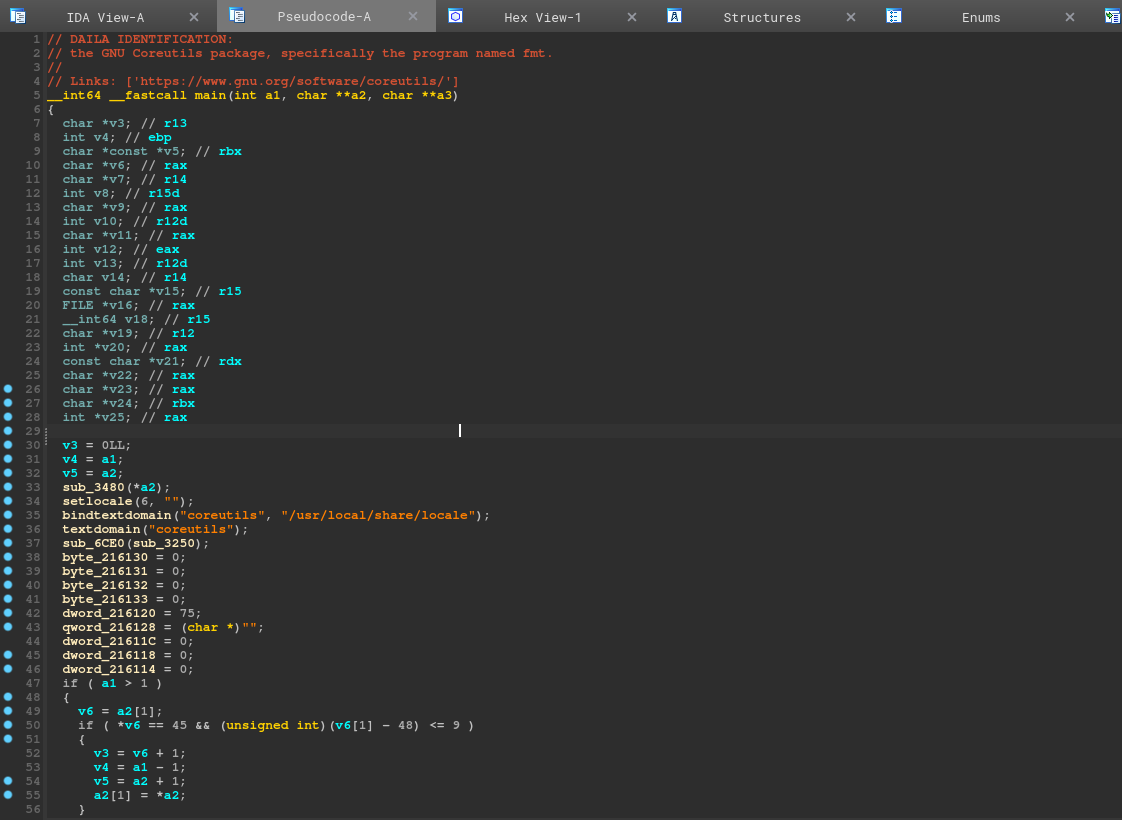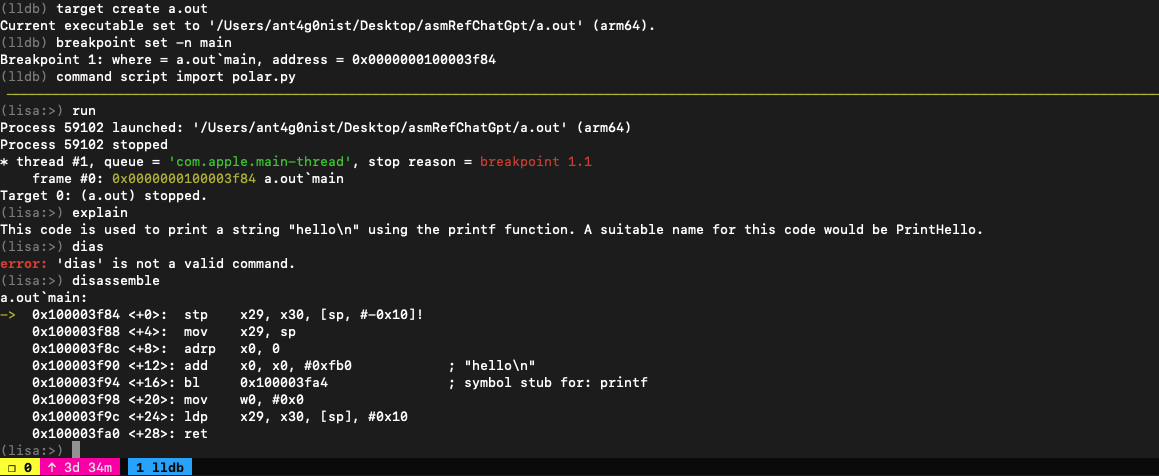In this post, I introduce a new Ghidra script that elicits high-level explanatory comments for decompiled function code from the GPT-3 large language model. This script is called G-3PO. In the first few sections of the post, I discuss the motivation and rationale for building such a tool, in the context of existing automated tooling for software reverse engineering. I look at what many of our tools — disassemblers, decompilers, and so on — have in common, insofar as they can be thought of as automatic paraphrase or translation tools. I spend a bit of time looking at how well (or poorly) GPT-3 handles these various tasks, and then sketch out the design of this new tool.
If you want to just skip the discussion and get yourself set up with the tool, feel free to scroll down to the last section, and then work backwards from there if you like.
The Github repository for G-3PO can be found HERE.



My favorite Discworld book is his last, The Shepherd's Crown. After doing the whole library, I felt it ending well. Then you read the afterword by Rob Wilkins... you get all the feels.